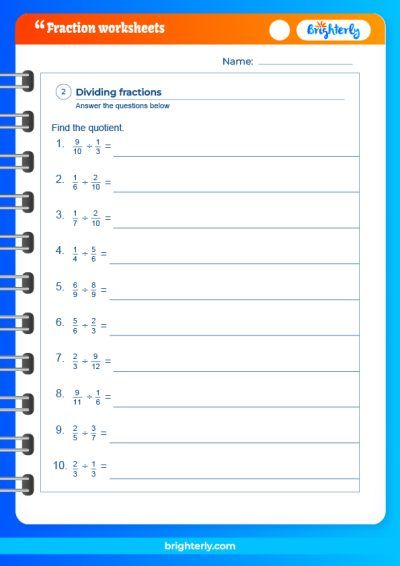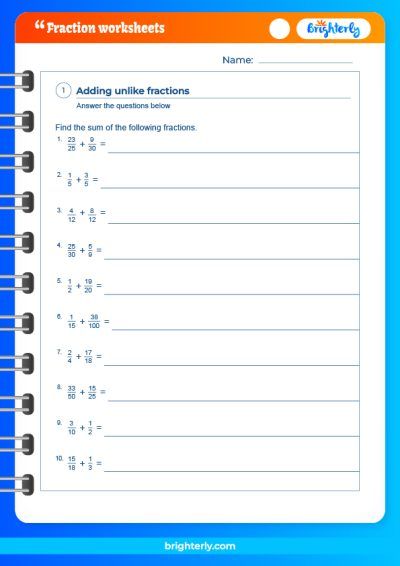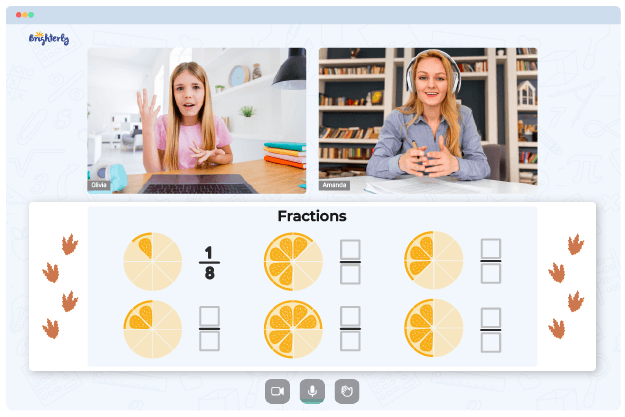Simplify – Definition with Examples
Updated on January 11, 2024
Welcome to Brighterly, where learning math becomes a delightful adventure! In this article, we delve into the fascinating world of simplification, a fundamental concept that empowers young math enthusiasts to unravel complex equations with ease. Whether you’re a young learner or a parent seeking to support your child’s mathematical journey, we’re here to simplify the definition and provide you with step-by-step examples that will help you grasp the essence of simplification.
Mathematics can sometimes appear daunting with its intricate expressions and perplexing equations. However, with the guidance of Brighterly’s engaging approach, we unravel the secrets behind simplifying algebraic expressions and mathematical equations. Our aim is to foster a love for math and equip young learners with essential skills that will serve as building blocks for future success.
How do you Simplify Step-by-Step?
To simplify an algebraic expression or mathematical equation, follow these step-by-step guidelines:
- Combine Like Terms: Identify terms with similar variables and exponents and combine them using the rules of addition or subtraction.
- Remove Parentheses: Apply the distributive property to eliminate parentheses and simplify the expression further.
- Combine Constants: Add or subtract constants to simplify the equation.
- Simplify Exponents: Use the laws of exponents to simplify expressions involving powers.
- Simplify Fractions: Reduce fractions to their simplest form by canceling out common factors in the numerator and denominator.
By following these steps, you can transform complex expressions into more manageable forms, making mathematical calculations smoother and more accurate.
Rules for Simplifying Algebraic Expressions
When simplifying algebraic expressions, it is crucial to keep a few rules in mind. These rules help maintain consistency and accuracy throughout the simplification process:
- Addition and Subtraction: Only combine terms with the same variables and exponents. For example, 3x + 2x can be simplified to 5x, but 3x + 2y cannot be further simplified.
- Multiplication: Multiply coefficients and combine variables with the same exponents. For instance, 2xy * 3xy simplifies to 6x²y².
- Division: Divide coefficients and subtract exponents when dividing like terms. For instance, (6x³) / (3x²) simplifies to 2x.
- Exponents: Apply the laws of exponents, such as multiplying exponents when raising a power to another power or dividing exponents when dividing powers with the same base.
By adhering to these rules, simplifying algebraic expressions becomes a systematic and straightforward process.
Simplifying Fractions
One aspect of simplification that often arises is simplifying fractions. To simplify a fraction, divide the numerator and denominator by their greatest common divisor (GCD) or greatest common factor (GCF). The GCD is the largest number that divides evenly into both the numerator and denominator.
For example, consider the fraction 24/36. The GCD of 24 and 36 is 12. Dividing both the numerator and denominator by 12 yields 2/3. Thus, 24/36 simplifies to 2/3, which is its simplest form.
Simplifying fractions is particularly useful when working with ratios, proportions, and other mathematical concepts that involve fractions. It helps express fractions in their most reduced form, making them easier to work with and compare.
Simplifying Mathematical Expressions
Mathematical expressions can involve various components, such as constants, variables, operators, and exponents. Simplifying these expressions is crucial for gaining a deeper understanding of their structure and solving mathematical problems efficiently.
By applying the rules mentioned earlier and following step-by-step procedures, complex mathematical expressions can be simplified into concise and workable forms. This simplification allows for better comprehension and aids in the manipulation and manipulation of expressions to achieve desired results.
Simplifying Expressions with Exponents
Expressions involving exponents often appear in mathematical equations, and simplifying them can help reduce complexity. The laws of exponents guide the simplification process for such expressions. These laws include:
- Product Rule: When multiplying two exponents with the same base, add their exponents. For example, x² * x³ simplifies to x⁵.
- Quotient Rule: When dividing two exponents with the same base, subtract the exponents. For instance, x⁵ / x² simplifies to x³.
- Power Rule: When raising an exponent to another power, multiply the exponents. For example, (x²)³ simplifies to x⁶.
- Zero Exponent Rule: Any nonzero number raised to the power of zero equals 1. For instance, x⁰ simplifies to 1.
By applying these rules, expressions involving exponents can be simplified, aiding in efficient calculations and problem-solving.
Simplifying Expressions with Distributive Property
The distributive property is a fundamental rule in mathematics that enables us to simplify expressions by removing parentheses and distributing a value across terms inside them. This property states that for any real numbers a, b, and c:
a(b + c) = ab + ac
By using the distributive property, we can simplify expressions involving addition or subtraction within parentheses. This simplification helps streamline equations and makes them more accessible to work with.
Simplifying Expressions with Fractions
Working with expressions containing fractions may seem intimidating, but simplifying them can bring clarity to the equation. To simplify expressions with fractions, we must combine fractions with common denominators and then perform the necessary arithmetic operations.
For example, consider the expression (3/4)x + (1/2)x. To simplify this expression, we need to find the common denominator of 4 and 2, which is 4. Multiplying the first fraction by 1 (in the form of 2/2) and the second fraction by 2/2 yields (6/8)x + (4/8)x. Combining like terms, we obtain (10/8)x or, when simplified further, (5/4)x.
Simplifying expressions with fractions allows for better comprehension and easier manipulation of equations, making mathematical calculations more manageable.
At Brighterly, we believe that practice is the key to mastery. That’s why we invite you to explore our Simplify Worksheets, where you can find an array of additional practice questions, complete with answers.
Simplifying Expressions Examples
Let’s explore a few examples of simplifying expressions to solidify our understanding:
-
Simplify the expression 3x + 2x – 5x.
- Solution: Combining like terms, we get 0x, which simplifies to 0.
-
Simplify the expression 4(2x + 3y) – 2(5x – y).
- Solution: Using the distributive property, we obtain 8x + 12y – 10x + 2y. Combining like terms, we have -2x + 14y.
These examples demonstrate how simplification allows us to condense complex expressions into simpler and more manageable forms, aiding in efficient problem-solving.
Practice Questions on Simplifying Algebraic Expressions
To further solidify your understanding of simplifying algebraic expressions, here are a few practice questions:
- Simplify the expression 2x² – 3x + 5 + 4x² – 2x – 3.
- Simplify the expression (4x – 3y)(2x + 3y) – 2(5x – y).
By attempting these practice questions, you can reinforce your knowledge and gain confidence in simplifying algebraic expressions.
Conclusion
Simplifying mathematical expressions is a crucial skill that empowers us to tackle complex equations with ease. By following step-by-step guidelines and adhering to the rules of simplification, we can transform intricate expressions into simpler forms, aiding in better comprehension and efficient problem-solving.
So, embrace the art of simplification, and let it guide you through the maze of mathematical equations, paving the way for success and mastery of this fundamental mathematical concept.
Frequently Asked Questions on Simplifying Expressions
What is the purpose of simplifying expressions?
Simplifying expressions allows for better comprehension, manipulation, and problem-solving in mathematics. It condenses complex equations into simpler forms, making them more manageable and accessible.
Can all expressions be simplified?
Not all expressions can be simplified, particularly those involving variables with different exponents or unrelated terms. However, most expressions can undergo some level of simplification.
Why is it important to simplify fractions?
Simplifying fractions reduces them to their simplest form, making them easier to work with, compare, and perform arithmetic operations on. It aids in understanding the relationship between the numerator and denominator.
Are there any shortcuts to simplifying expressions?
While some expressions may have specific shortcuts or patterns, it is generally best to follow the step-by-step guidelines and rules for simplification to ensure accuracy and consistency.






